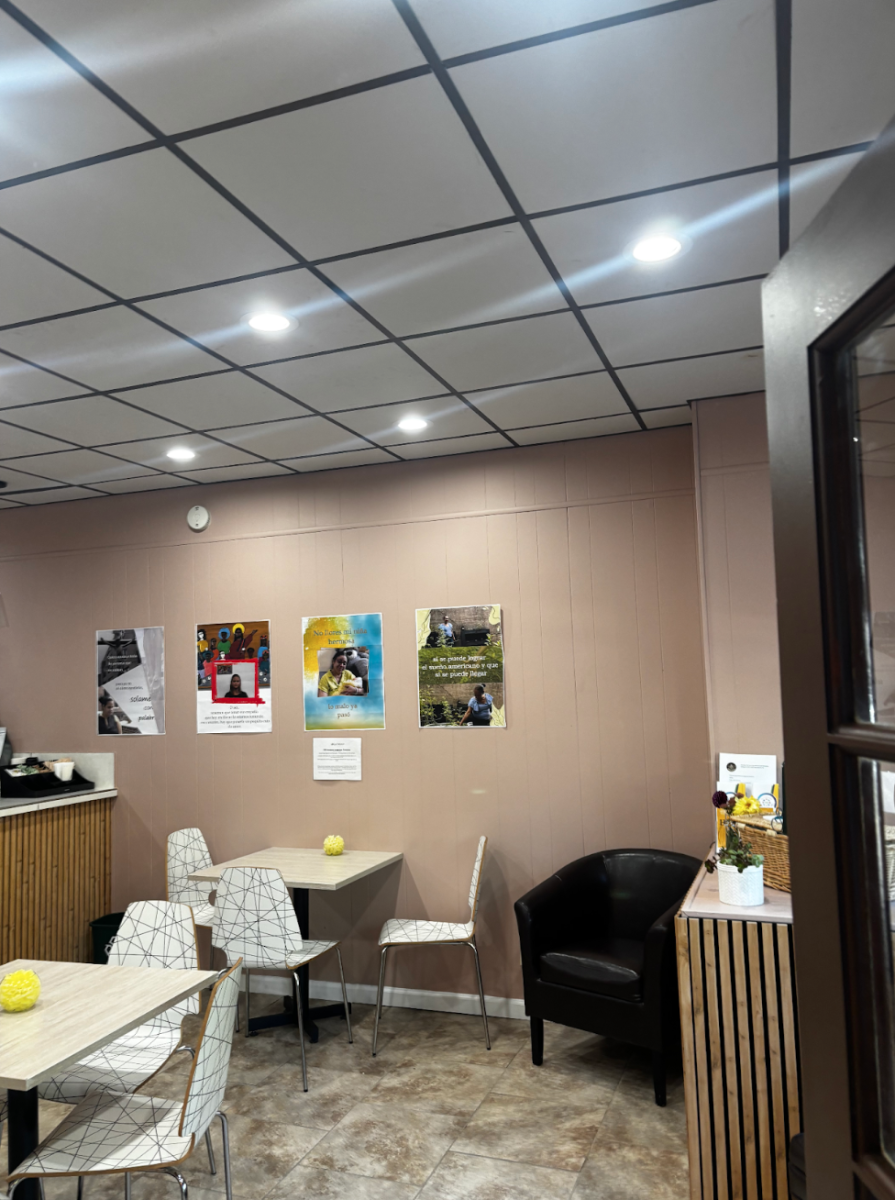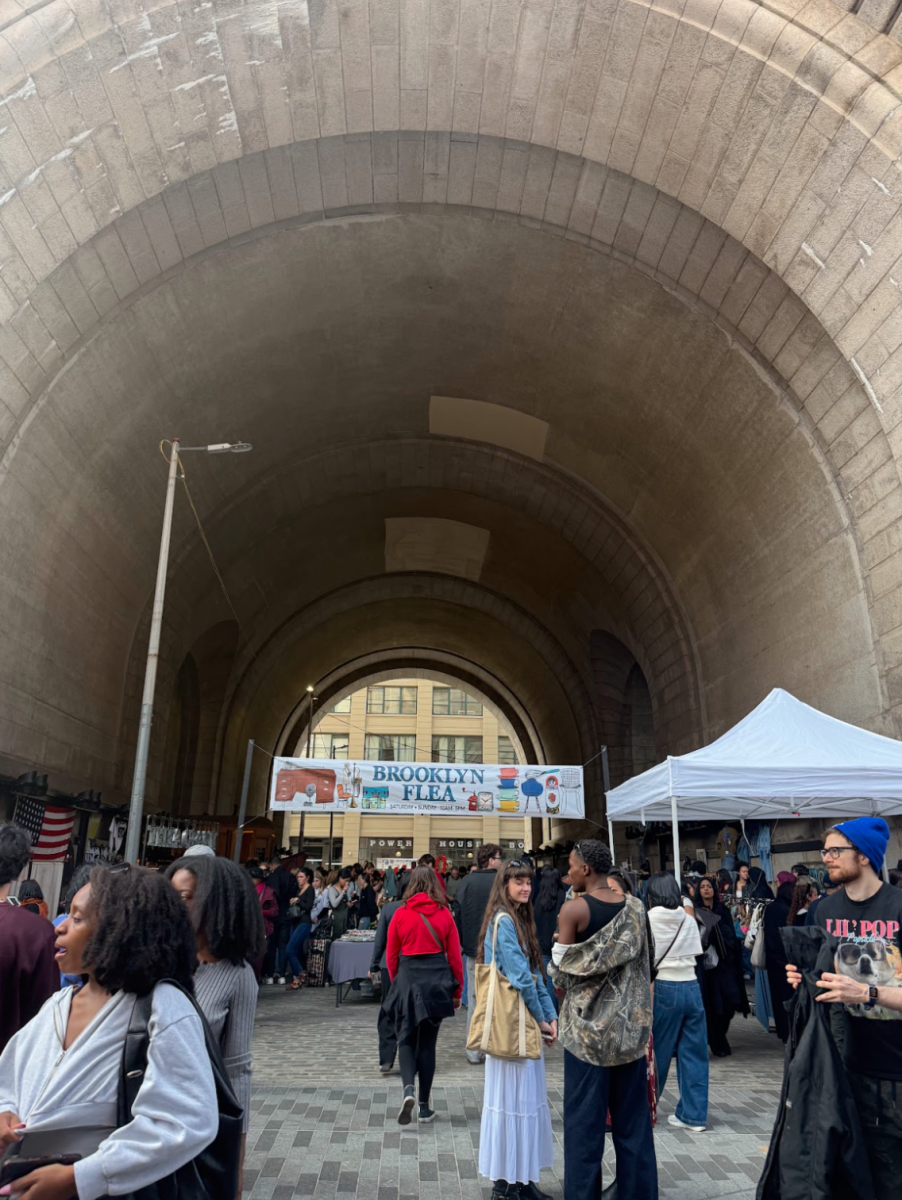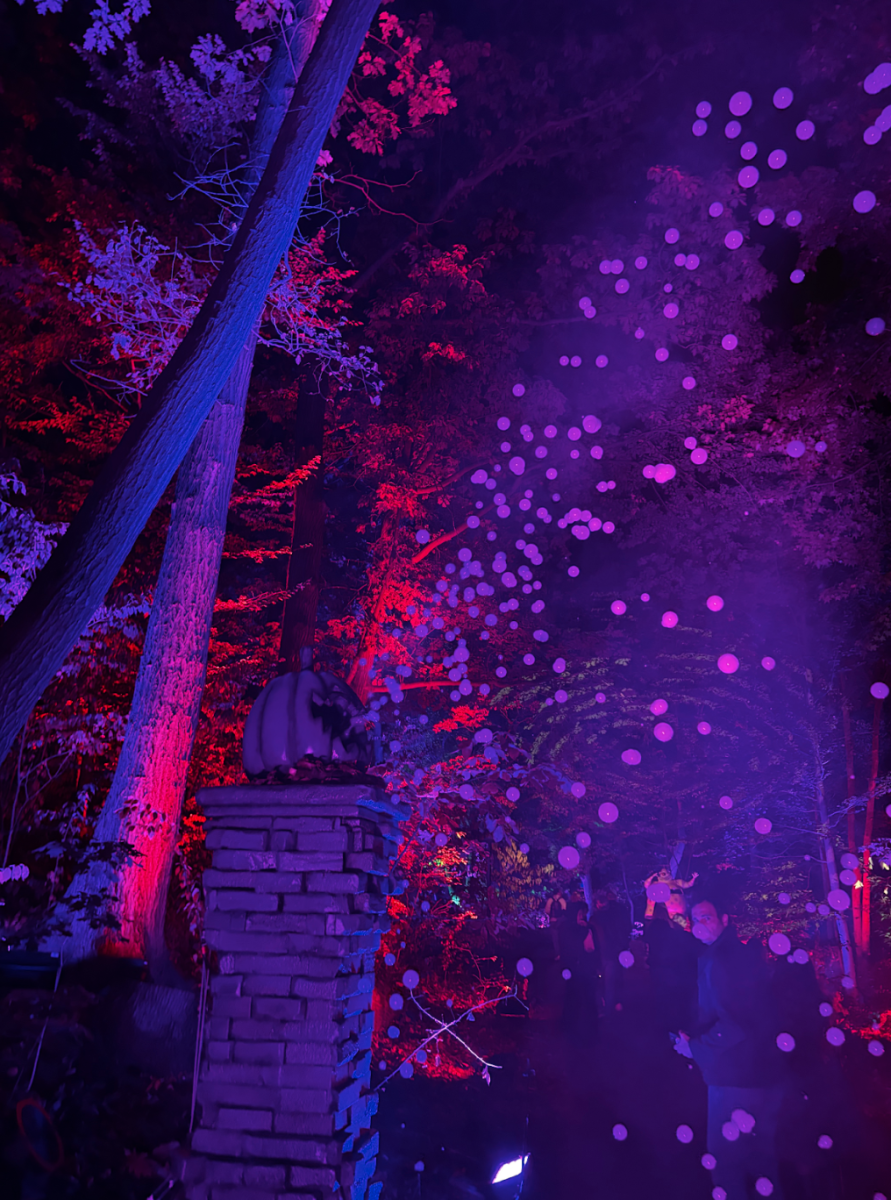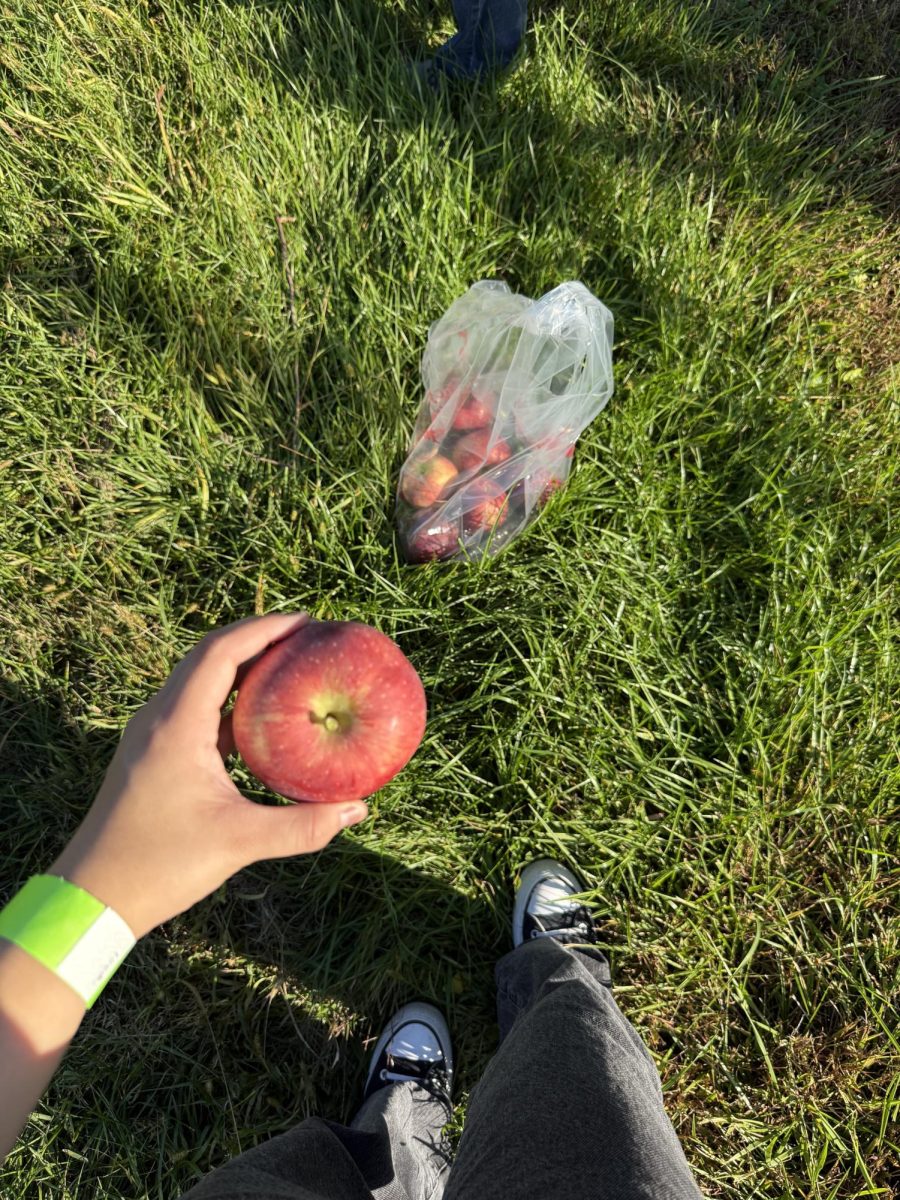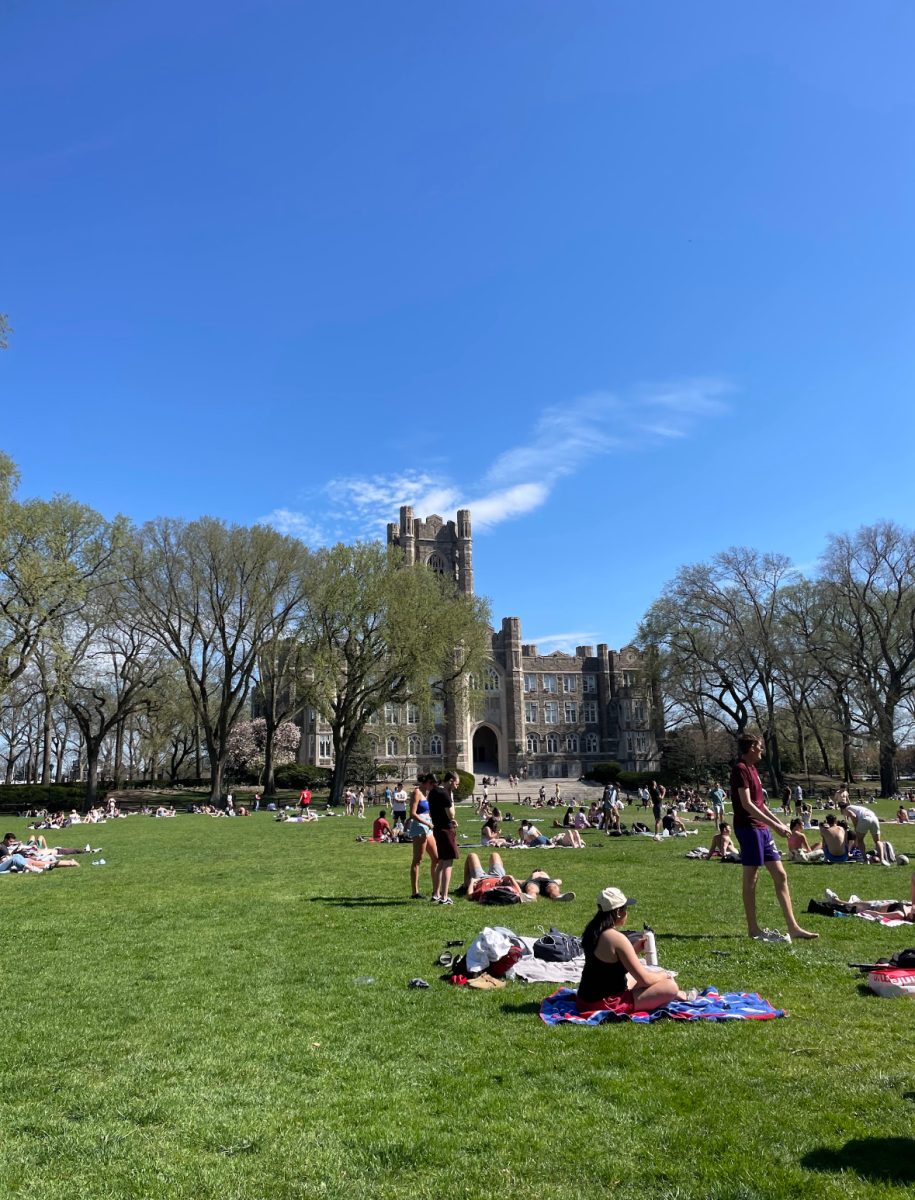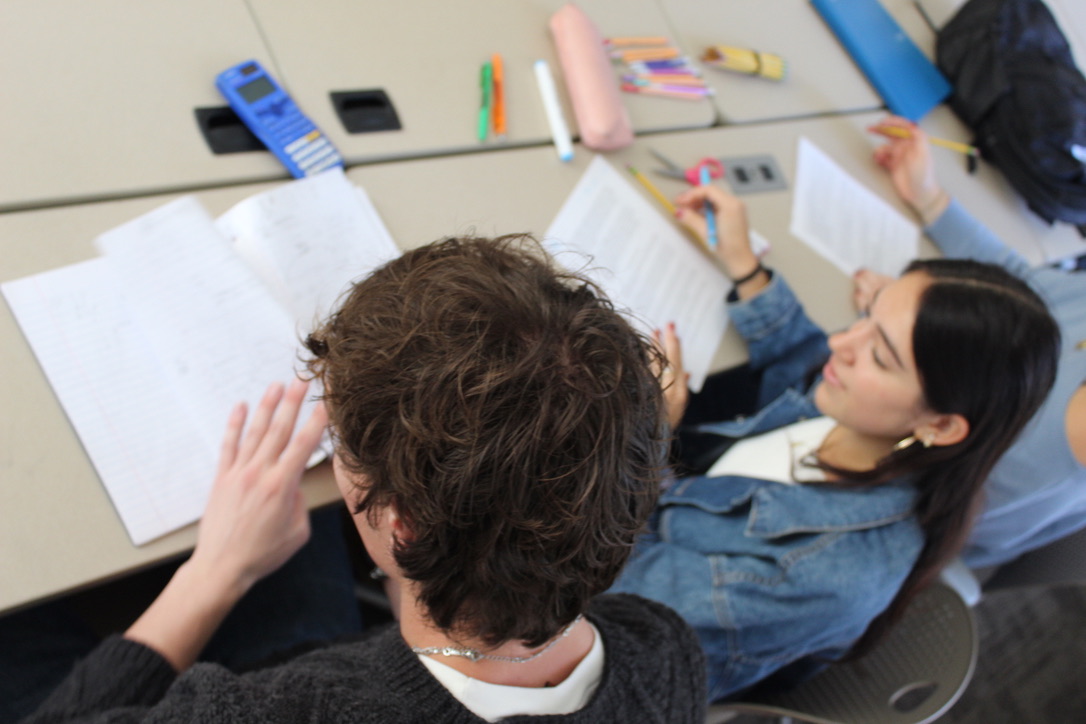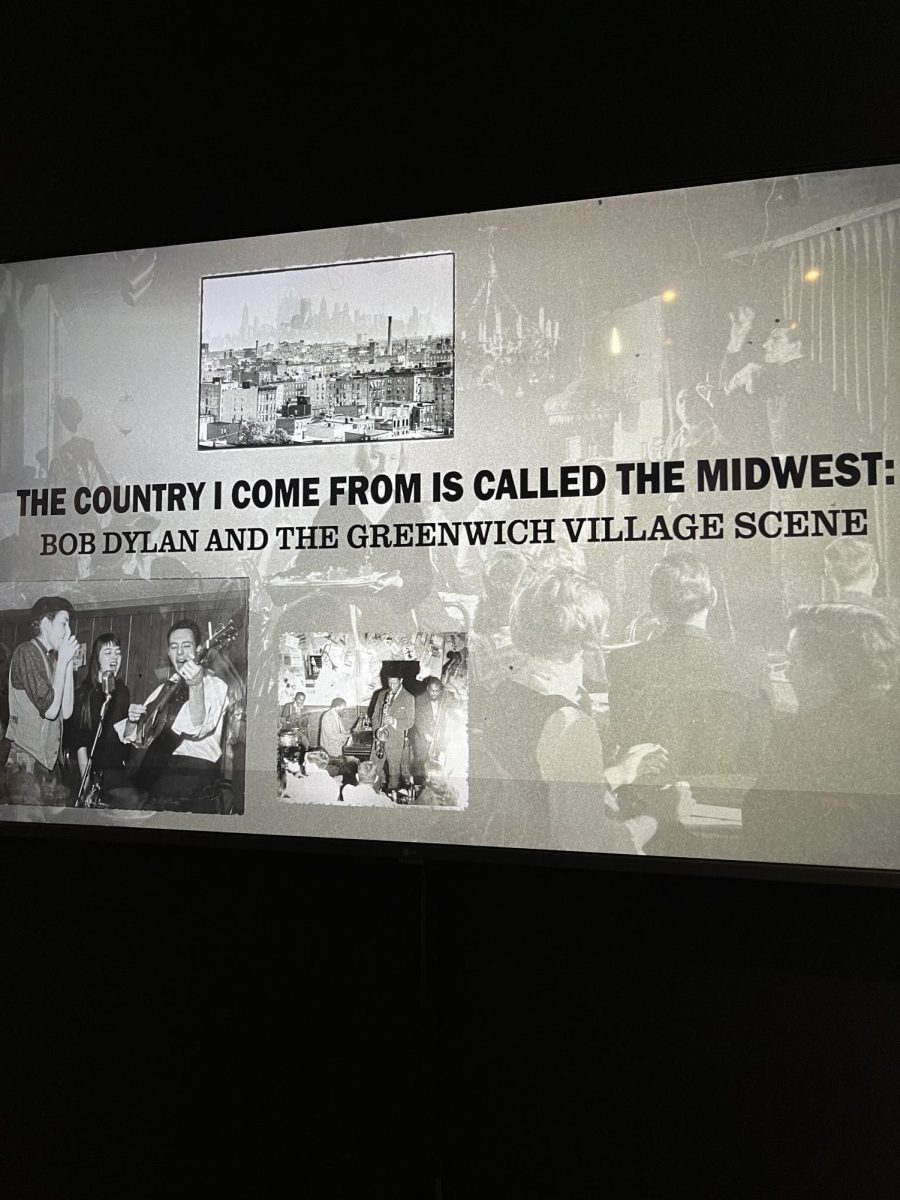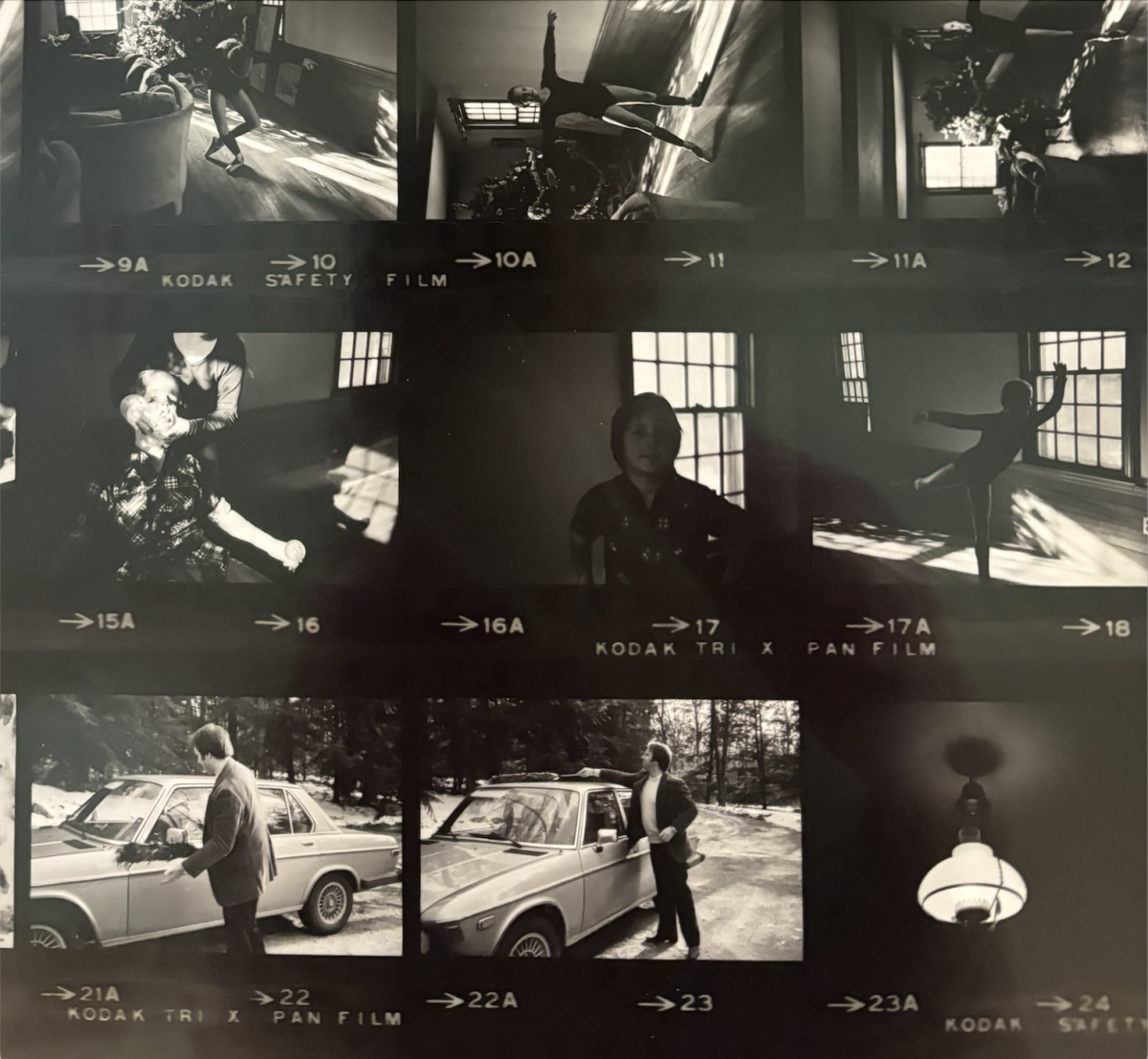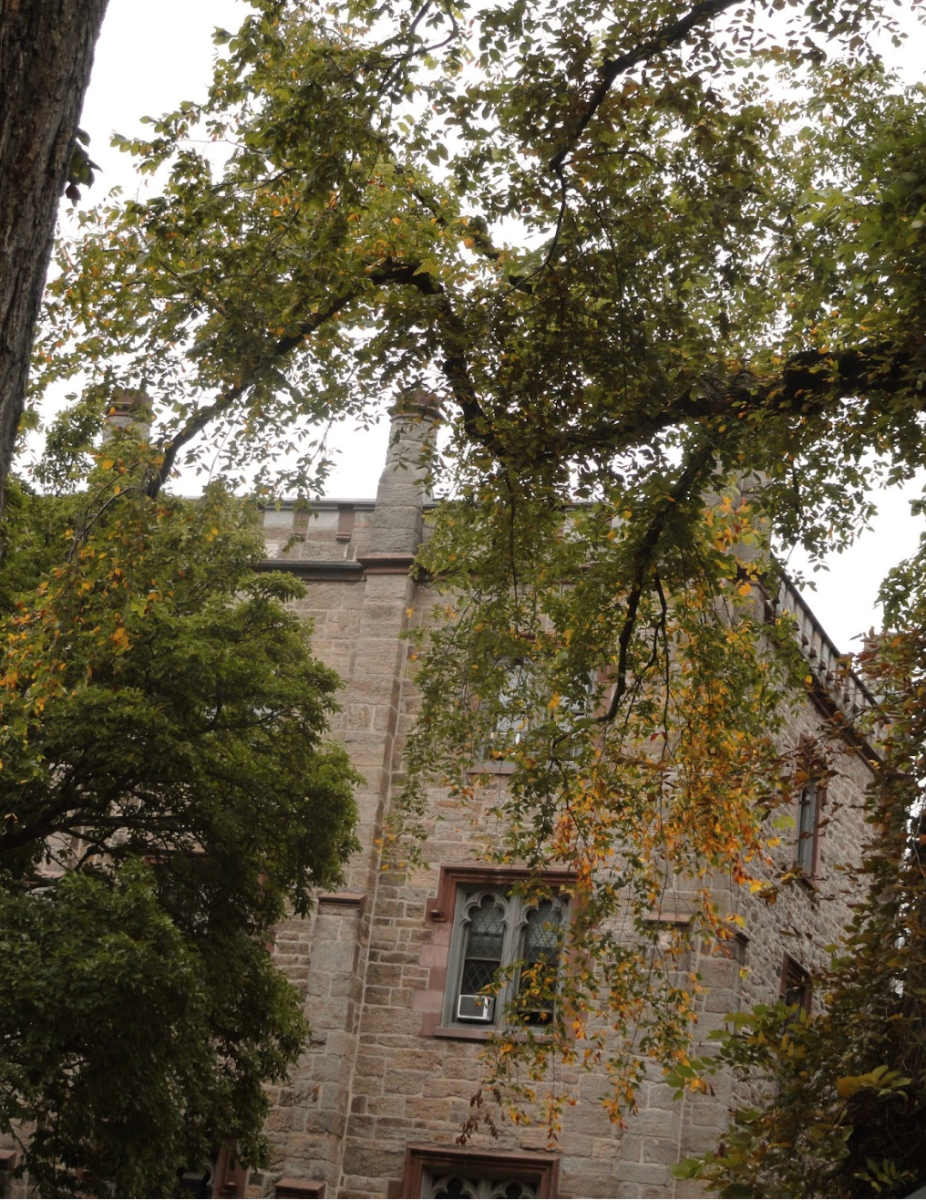The Polish artist Natasza Niedziółka’s most recent exhibition, “273 Days” at Sean Kelly, combines three series to express an intricate and meditative examination of time, in both personal and collective terms. The exhibition features select pieces from three series of Niedziółka’s: “Zero, Protest Song,” and “At One.” Whereas “Zero” is an intimate reckoning with time, “Protest Song” examines linguistic modes of resistance. “At One” is a meditative examination of the artist’s process of creating a state of calm.
Niedziółka’s embroidery works embrace the enigmatic boundaries between tapestry weaving and modernist painting. Her meticulous punctures in the canvas are at once repetitive, linear patterns and soft, nuanced explorations of the color scale and gradient. Individual threads, many from reclaimed Italian silk, strike different hues as the viewer moves around the canvas, providing a sense that the works develop in tandem with movement. The materials are essential in cultivating the works’ visual prowess. These nuanced shifts in color are part of the exhibition’s understated but striking quality. These are not simply works to look at, but pieces to contemplate. The works themselves are thoughtful and demand the same level of reflection from their viewer.
This reflectiveness is not only due to the visuals but also due to the way that the sight of embroidery at this scale ignites a kind of primal recollection. Niedziółka subverts the traditional use of embroidery, long associated with women’s domestic work, by engaging with discourse about contemporary world events. The atavistic use of thread recalls centuries of women’s work, while her abstract patterns establish the works as a firmly contemporary form of expression. Her use of embroidery in large-scale works reflects the tradition of tapestries as record-keeping devices and social commentary. Instead of figural motifs, she employs repetitive patterns and text to express a contemporary reflection of the medium. The pieces are striking because of this blend. The imagery is a recollection of modernist tradition but her use of atavistic embroidery diverts this show away from canonical expectations. Niedziółka’s embroidery works sit at the intersection between modernist tradition and figural tapestry; they are the modernist answer to the figural tradition of narrative tapestry. In-person, the works pull at some kind of primal string yet are also an intricate interaction with personal and collective memory.
This collective memory is clear in her choice to feature lyrics from Stephan Czarnecki’s Ukrainian folk song “Czerwona Kalina (Red Viburnum)” to Lil Baby’s 2020 “The Bigger Picture.” To clarify, “Czerwona Kalina” is a symbolic song popular throughout history about Ukrainian resistance against Russian forces. This multiplicity of lyrics allows for threads of resistance to wind together; it’s binding generations of resistance together, finding unity through resistance rather than segmented, solitary stances. Words blend together, creating a pattern of repetition that is somehow reminiscent of the precision yet ambiguity of memory. The interwoven connections are emphasized by her choice to weave in words while simultaneously leaving certain threads loose in “Protest Song (The Bigger Picture).” However, this examination of cultural memory does not just extend to the past but also to the present. It is an examination of how contemporary cultural threads and narratives form. In short, she is considering how memories are made. This consideration also becomes personal in “Zero” and “At One.” The combination of the interwoven colors and loose threads evokes a sense of a multitude of voices, whereas the gentle, almost monochrome “Zero6812” implies an internally focused examination of memory. It is the sense of thoughtfulness, conveyed through painstakingly detailed and confident lines, which comes through most strongly throughout the exhibition.
Perhaps most importantly, Niedziółka’s artistic practice takes time. Both her meticulous work and her process address time and memory. Embroidery is a time-consuming medium. Niedziółka switched from painting to embroidery because painting was too quick. She explains that the process of embroidery is “long and annoying but there’s a beauty in the time you spend on the work. You have to give the work time.” The time that she puts into them is reflected by how the pieces interact with the viewer. The finished product and the act of creation are equally important because this process is evident in the way that the works also ask viewers to spend time with them. Their morphing gradations in color ask viewers to luxuriate in looking: to think, to feel, to meditate. Their alluring nature augments their status as devices that ask viewers to engage with both cultural memory and personal memory-making.
When thinking about advice for young and aspiring artists, Niedziółka’s advice is honest and succinct. Her suggestion for artists: “To fail. To do and to fail. Not to think of if it will be successful. When you do your stuff to develop your own language. Don’t just follow the steps of art history.” Her contemplative works are a clear representation of this exacting code. Niedziółka is not afraid to fail but is excited to create.
An artist whose paintbrush has become a needle and thread, Niedziółka’s work is a subtle yet decisive acknowledgment of how memory, both personal and collective, becomes canonized in public and private thought. “273 Days” is a stirring reminder to value both ourselves and our memory.






































































































































































































